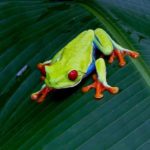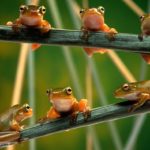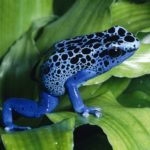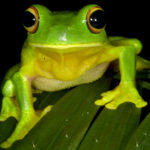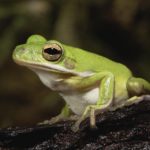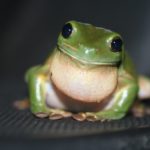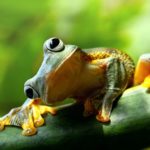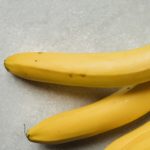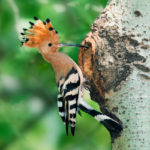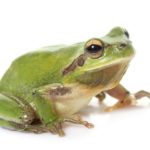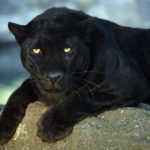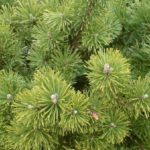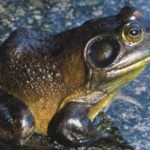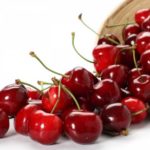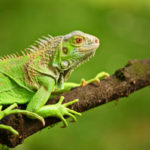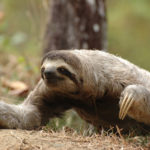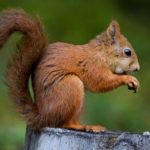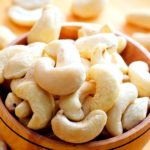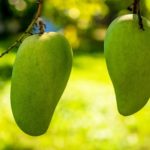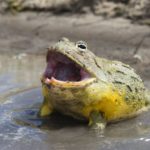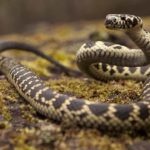Tree frogs
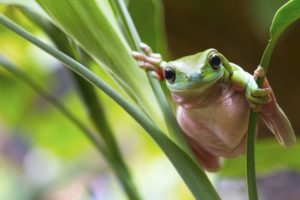 Tree frogs, also known as tree frogs, are the most colorful representatives of a detachment of amphibians – their colors range from yellow and green to red and blue, mixed with black. Such a bright range is not just a fad of nature, it is a signal for predators warning of danger.
Tree frogs, also known as tree frogs, are the most colorful representatives of a detachment of amphibians – their colors range from yellow and green to red and blue, mixed with black. Such a bright range is not just a fad of nature, it is a signal for predators warning of danger.
By isolating a toxic toxin capable of paralyzing, stunning and killing even a large animal, tree frogs have firmly established themselves in impassable tropical forests of Central and South America, where high humidity and a huge insect biodiversity allows them to survive for more than 200 million years. Appearing on the Earth at the same time as dinosaurs, frogs show unusual adaptation to the environment – painted in all colors of the rainbow, they are almost invisible among the lush vegetation and inedible for most fauna.
American Aborigines – Amerindians, have long learned to benefit from the poison of woodworms, using it as a lethal substance to lubricate the tips of their hunting darts. Having pierced the frog with a stick, the Indians first held it above the fire, and then collected droplets of poison, protruding on the animal’s skin, into a container, after which they dipped arrows in a viscous liquid. Hence the emergence of yet another name for the poisonous tree frogs – dart-frogs.
Dwelling in the Andean foothills – in the coastal zones of southwestern Colombia, the most poisonous frog in the world is a terrible leaf-litter (Phyllobates terribilis), prefers tropical rain forests growing on cliffs 300-600 m above sea level. The deciduous litter under the tree crowns near the pond is a favorite place for the most dangerous vertebrate in the world – the yellow-gold frog, the poison of which can kill 10 people at a time.
The spreading area of 1.57 cm Andinobates geminisae from the family of poisonous sheet-lacquers, first found in 2011, is the jungles of Costa Rica, Nicaragua and Panama. The red-orange palette of the body of an unusual amphibian is adjacent to a bright blue on its hind legs and black marks on its head. After the terrible golden leaf-lime, the red tree frog occupies the second place in the world for toxicity.
